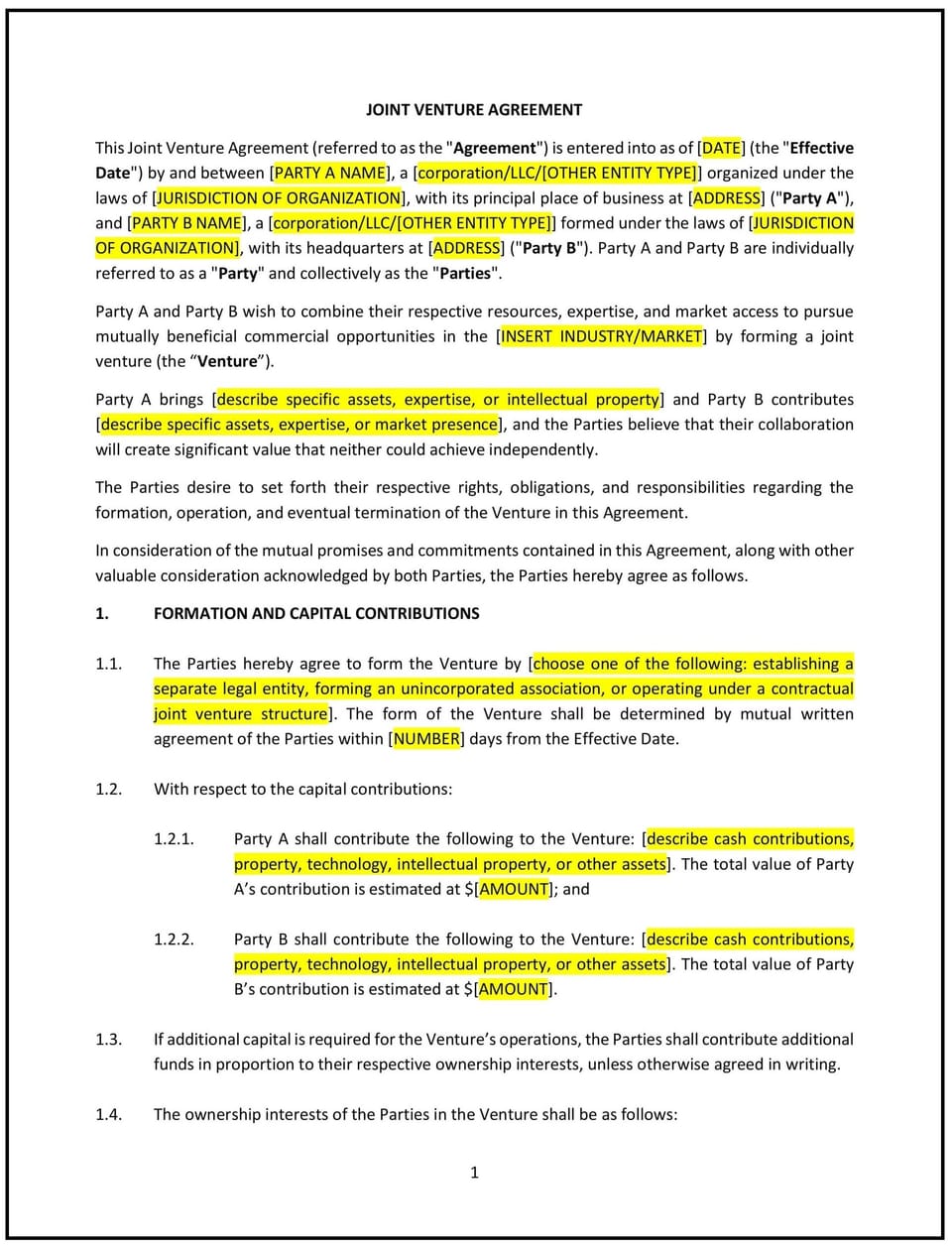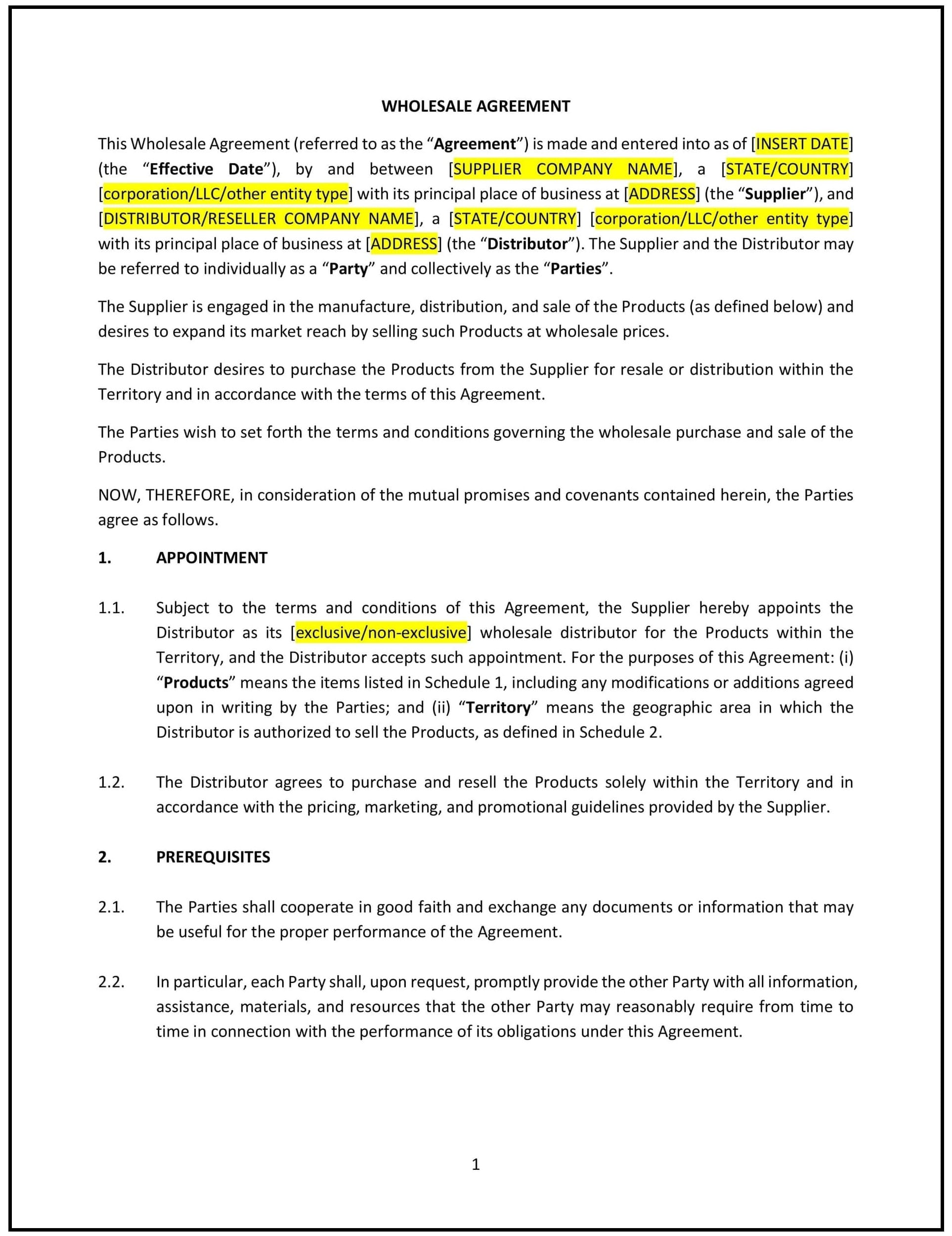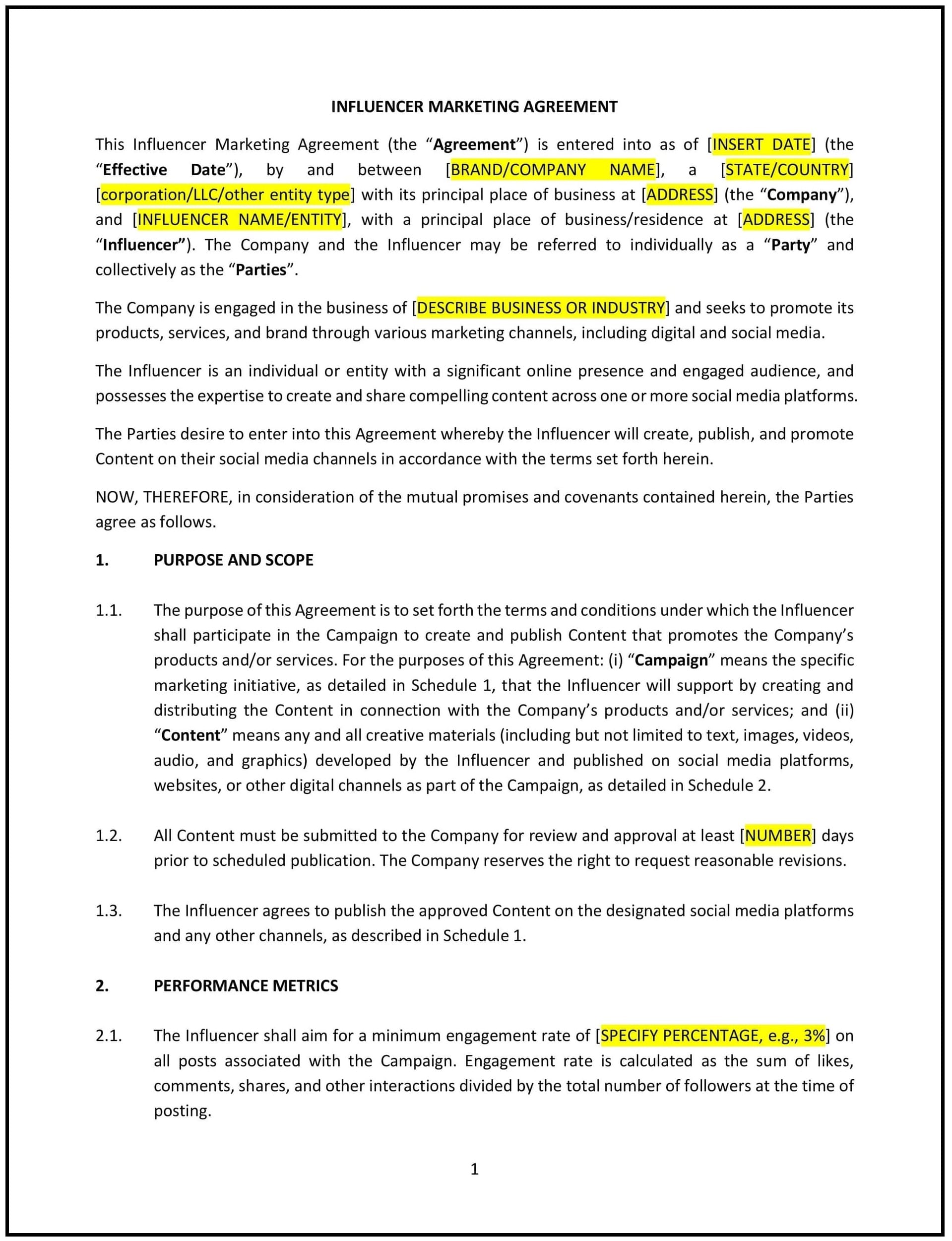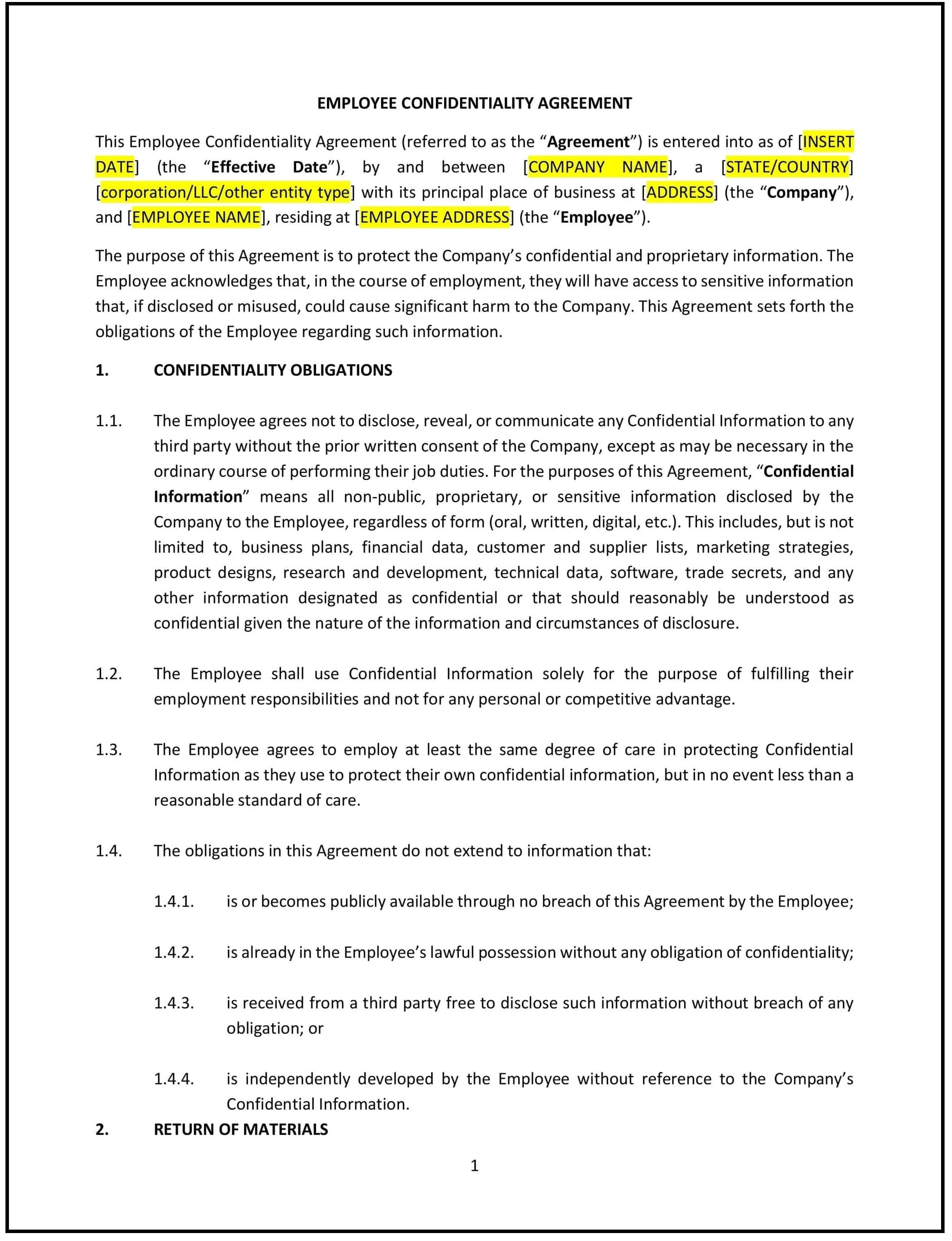Joint Venture Agreement (South Dakota): Free template

Joint Venture Agreement (South Dakota)
A Joint Venture Agreement is a legal document that outlines the terms and conditions under which two or more parties agree to collaborate on a specific business project or venture. In South Dakota, these agreements are governed by state contract laws and must comply with federal regulations regarding fairness and enforceability. A well-drafted Joint Venture Agreement clarifies the roles, responsibilities, and expectations of all parties involved, ensuring alignment with South Dakota’s legal requirements.
For example, a Sioux Falls-based company might enter into a joint venture with a Rapid City-based partner to develop a new product line. A clear Joint Venture Agreement helps define the scope of the collaboration and minimizes the risk of future conflicts.
Tips for drafting and maintaining a Joint Venture Agreement in South Dakota
- Identify the parties involved: Clearly specify the names, addresses, and roles of all parties entering into the agreement.
- Example: “This Joint Venture Agreement is entered into by [Party A Name], located at [Address], and [Party B Name], residing at [Address].”
- Define the purpose of the joint venture: Describe the reason for the collaboration and the specific goals or objectives of the venture.
- Example: “The purpose of this Joint Venture is to [specific purpose, such as develop a new product, enter a new market, etc.].”
- Specify contributions: Outline the contributions of each party, including financial investments, assets, intellectual property, or labor.
- Example: “Party A agrees to contribute [amount of capital/assets/expertise], while Party B agrees to contribute [amount of capital/assets/expertise].”
- Clarify ownership and profit-sharing: Specify how ownership, profits, losses, and liabilities will be distributed among the parties.
- Example: “Profits and losses from the Joint Venture shall be shared equally between the parties unless otherwise agreed in writing.”
- Outline management and decision-making: Define how decisions will be made, who has authority, and how disputes will be resolved.
- Example: “Major decisions shall require unanimous consent of the parties, while day-to-day operations will be managed by [specific party or designated manager].”
- Include confidentiality clauses: Protect sensitive information shared during the joint venture.
- Example: “The parties agree to keep all proprietary and confidential information related to the Joint Venture strictly confidential.”
- Address termination terms: Specify conditions under which the joint venture may be terminated or dissolved.
- Example: “This Joint Venture may be terminated by mutual agreement of the parties or upon [specific conditions, such as completion of the project].”
- Outline governing law and jurisdiction: Ensure the agreement specifies that it is governed by South Dakota law and identifies the appropriate courts for dispute resolution.
- Example: “This agreement is governed by the laws of the State of South Dakota. Any disputes arising under this agreement shall be resolved in the courts of [County], South Dakota.”
- Include signatures: All parties must sign and date the agreement to make it legally binding.
- Example: “IN WITNESS WHEREOF, the parties have executed this Joint Venture Agreement as of the date first written above.”
Frequently asked questions (FAQs)
Q: Can a joint venture agreement in South Dakota include provisions for agricultural partnerships?
A: Yes, given South Dakota’s strong agricultural sector, joint ventures often include clauses addressing farming operations, land use, or crop sharing.
Q: Are oral joint venture agreements enforceable in South Dakota?
A: While some oral agreements may be enforceable, written agreements are strongly recommended to avoid misunderstandings and ensure clarity.
Q: What happens if one party wants to exit the joint venture in South Dakota?
A: The agreement should outline an exit strategy, including buyout options, asset distribution, and liability transfer, to ensure a smooth transition.
Q: Can a joint venture agreement in South Dakota limit liability for one or both parties?
A: Yes, but any limitation of liability must be reasonable and clearly stated in the agreement to be enforceable.
Q: How can SMB owners ensure their joint venture agreement in South Dakota includes a clear process for resolving deadlocks?
A: SMB owners should include deadlock resolution mechanisms, such as mediation, arbitration, or a buy-sell provision, to address stalemates in decision-making and ensure the venture can continue smoothly.
This article contains general legal information and does not contain legal advice. Cobrief is not a law firm or a substitute for an attorney or law firm. The law is complex and changes often. For legal advice, please ask a lawyer.


